With more than a million members, tennis is the second most practiced sport in France after football. Tennis is a demanding, explosive and repetitive sport, which intensely uses the body and mind. Adequate nutrition and hydration are crucial to maintaining optimal performance especially in competition. Let's see in this article how to eat well and hydrate before, during and after a tennis match. Find out everything about tennis nutrition and products from the Mulebar range.
What are the benefits and risks of tennis on the body ?
Tennis is a complete sport, very beneficial for health, both physically and mentally. It offers many benefits by helping to improve:
- Cardio abilities vascular, endurance and the breathing
- Concentration , the mind , and the address
- Strengthening the muscles
- Tone, flexibility and some resistance
On the other hand, tennis also has its pathologies at the level
- Joints : ankles, knees, wrists, elbows and shoulders are extremely stressed and can cause tendinitis, sprains, back pain or the famous tennis elbow
- Muscles : tears, strains and various traumas.
- Of the heart and of breathing
It is better to be in top physical shape to perform especially in competition and even more so at the ATP level. Good health and physical fitness are achieved through sports training, of course, but also through diet. The professionals are all supervised by a nutritionist. It is obligatory at their level given the frequency and intensity of the matches. Even the average player must pay attention to his diet before, during and after exercise.
The importance of hydration in tennis
Compensate for the loss of electrolytes
Tennis, a sport often played outdoors, exposes players to high temperatures, especially in summer. This exposure to sun and heat increases sweating, leading to significant loss of fluids.
Sweat is not only made up of water, but also contains essential electrolytes like sodium, potassium, calcium and magnesium. Loss of these electrolytes can affect the body's fluid and electrolyte balance, which can lead to muscle cramps, general weakness and decreased coordination, thus directly affecting the player's performance.
Difference between mineral salts and electrolytes
The terms "mineral salts" and "electrolytes" are often used interchangeably, but they have slightly different meanings, especially in the context of biology and nutrition. Let's see the difference.
Minerals
Mineral salts are chemical elements present in the human body and in food. They are essential for the proper functioning of the body.
They play a role in various bodily functions, such as building bones, regulating metabolism, and transmitting nerve impulses. Examples: Calcium, phosphorus, potassium, sulfur, sodium, chlorine, magnesium, iron, zinc, copper, manganese, iodine and selenium.
They are found in a variety of foods, including dairy products, fruits and vegetables, meats, grains and nuts.
Electrolytes
Electrolytes are minerals that dissolve in the body to form positively or negatively charged ions. These ions help conduct electricity and are essential for many physiological functions.
They regulate the body's fluid balance, blood pH, muscle function, and other important biological processes. Examples: Sodium, potassium, calcium, magnesium, chloride, phosphate and bicarbonate.
Electrolytes are obtained primarily from the same foods as mineral salts, but they are also found in sports drinks and rehydration solutions.
In summary, all electrolytes are mineral salts, but not all mineral salts are electrolytes. The main distinction lies in the ability of electrolytes to dissolve in body fluids to form ions, allowing them to play a crucial role in conducting electricity and maintaining fluid balance.
Effective hydration strategies for tennis
If there's one thing to remember about hydration in general, it's that you shouldn't wait until you're thirsty to drink. It will be too late !
Have you noticed that professional players, when changing sides, systematically consume drinks? They are generally specially formulated to rehydrate and replenish lost electrolytes but also provide energy. If you look closely, they usually even have 2 different bottles plus a bottle of water. For what ? There is the electrolyte or hydration drink to replenish mineral salt stocks. Energy or exercise drink, based on sugar; muscle fuel and water to rinse your mouth and prevent sugar from remaining in your teeth and causing cavities. They consume so much that it's a real problem for them.
It is therefore essential for tennis players of all levels to understand the importance of hydration. This includes drinking water or sports drinks before, during and after the game to maintain optimal hydration levels. Additionally, it is advisable to monitor urine color, a simple and effective indicator of hydration: clear, pale urine indicates good hydration, while dark color can signal dehydration.
The difference between energy drinks and energy drinks
Be careful not to confuse! Energy drinks contain exciting ingredients like caffeine and very simple sugars that tend to create a spike in blood sugar. Many are gassy which is not ideal during exercise. It is preferable to choose energy drinks, specially designed for athletes, which contain electrolytes and are less rich in sugar or otherwise with better quality sugars whose diffusion in the body will be slower.
Nutrition management for tennis
Pre-match nutrition
To perform during exercise, the stocks of glycogen are at the highest. Glycogen is the human body's fuel source stored in the liver and muscles.
If you play in the morning, oatmeal or wholemeal bread accompanied by dairy and a banana will make an excellent breakfast. Also start hydrating yourself to start the match in good conditions.
It is recommended to consume this meal approximately 2 to 3 hours before the start of the match to allow for proper digestion. A meal rich in complex carbohydrates (pasta or brown rice), moderate in protein and low in fat is ideal before a match.
Recommended type of meal : Wholemeal Pasta with Tomato Sauce and Grilled Chicken
Green Vegetable Salad : spinach, arugula, and other green vegetables: Rich in vitamins and minerals, they complete the meal with essential nutrients without adding unnecessary fats.
Wholemeal pasta : An excellent source of complex carbohydrates, providing the energy needed for a match. Whole-grain pasta has a lower glycemic index than white pasta, which helps maintain stable energy levels.
Homemade tomato sauce : Light and low in fat, it adds flavor without weighing down the meal.
Grilled chicken : A source of lean protein to help with muscle repair and growth. Chicken is preferable to fattier meats.
Slices of Wholemeal Bread : another good source of complex carbohydrates. It can be eaten with a little olive oil to add healthy fats.
Fruit for Dessert : Apple, banana or berries: Provide additional carbohydrates, fiber and antioxidants.
Water or Hydrating Drink : Water or sports drink: To ensure good hydration before the match.
Tennis nutrition: what snacks during the match
Light snacks like bananas or energy bars can be consumed during breaks to maintain energy levels. Energy gels and fruit purees, widely used in endurance sports, are also recommended for intense matches where the need for a quick boost is felt.
A caffeinated energy gel is recommended, provided that the player tolerates it well (it tends to increase the heart rate). Caffeine improves concentration, attention and endurance.
Bananas
Rich in potassium, it compensates for losses linked to sweating which, as we saw above, reduces the risk of cramps. It also greatly limits the risk of hypoglycemia during a match thanks to its fast sugars.
Energy bars:
They can offer several benefits for tennis players, particularly in terms of convenience and performance. Energy bars are generally high in carbohydrates, which help replenish muscle glycogen stores. Glycogen is the primary source of energy used during high-intensity activities like tennis. They are a quick and convenient source of energy. It still takes 20 to 30 minutes to see the effect, the time for them to be digested and for the sugar to pass into the blood. They are easy to transport and can be consumed quickly, which is ideal during short breaks in a match or training.

The sports nutrition brand Mulebar, created in 2008, offers 8 100% natural energy bars, that is to say without preservatives or colorings. This is important because they are often the cause of gastric problems during exercise. Their textures are soft, so they are easy to chew and their recipes are ultra delicious. It's very good for the mind to have fun when the body is struggling.
Energy gels or compotes:
Unlike bars, gels and Energy compotes, relatively liquid, pass much more quickly into the blood. Their boosting effect is therefore very rapid. It takes a few minutes. These are therefore products to consume when the slack is felt to restart the machine.

Mulebar gels have 5 flavors: cherry, apple, salted caramel, lemon and Coffee. The first two have a function antioxidant (limitation of cramps) and the last two are caffeinated with 50mg and 100mg per tube respectively, the equivalent of one or two strong espressos. Caffeine is an interesting stimulant during intensive sports practice provided you can tolerate it. The range includes 37g gel tubes that are reusable after washing and their eco-refills containing the equivalent of 12 tubes.

What is the difference between energy gels and energy compotes ?
The gels resemble syrup while the compotes are a little thicker and nourishing but terribly fruitier!
The Mulebar compote range also has 7 flavors. Apricot and banana which are labeled organic and vegan then more sought-after recipes like Pineapple/coconut, Orange/carrot/lemon, Sweet potato/orange/lemon, Strawberry/redcurrant/beetroot or chestnut. Packaged in small resealable bottles, it is recommended to consume them in several installments.
Energy drinks:
As seen above, energy drinks aim to provide carbohydrates with rapid energy release. If they are isotonic (same PH as the blood plasma), the carbohydrates, vitamins and minerals will pass very quickly into the blood to supply the muscles.
Mulebar energy drink with red fruits or citrus are perfectly dosed to fulfill this function. 600g of carbohydrates, vitamins, BCAAs and minerals to make 15 cans of 500ml after dilution.


Hydration drinks:
These drinks aim to provide mineral salts and electrolytes to recharge stocks lost through sweating.
Mulebar hydration drink with red fruits is perfectly dosed to fulfill this function. 250g of vitamins and minerals to make 25 cans of 500ml after dilution.


Tennis nutrition : Post-match nutrition
After a match, it is important to consume protein to help with recovery and muscle rebuilding. A protein bar, protein shake, or a balanced meal containing lean meat or fish may be beneficial.
Depending on individual tastes, diets and ease of digestion, plant proteins have great advantages over the famous whey protein made from milk.
Mulebar brand offers two protein bars one with a chocolate flavor made from Soy protein.

The other with strawberry and almond flavor made with pea protein.

Avoid industrial chocolate bars full of fat and simple sugar (glucose).
Food supplements for tennis players
A permanent supply of nutrients in the form of a cure is also interesting for playing tennis at a high level. Sports dietetics offers a wide choice of food supplements to maintain performance.
Collagen helps maintain joints and cartilage
Caffeine promotes concentration
Spirulina is the food richest in protein and will facilitate recovery between two competitions.
Additional Tips for Tennis Players
It is recommended to test nutritional and hydration strategies during training before building your match routine.
The other tip is to listen to your body and adjust intake according to individual needs.
The other advice is to listen to your body and adjust food intake according to your level and the intensity of the effort provided.
I hope you now know a little more about how to eat before, during and after a match and that your results will be even better. If thanks to these few tips you improve your performance, or even get into the ATP rankings, let me know!
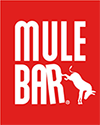
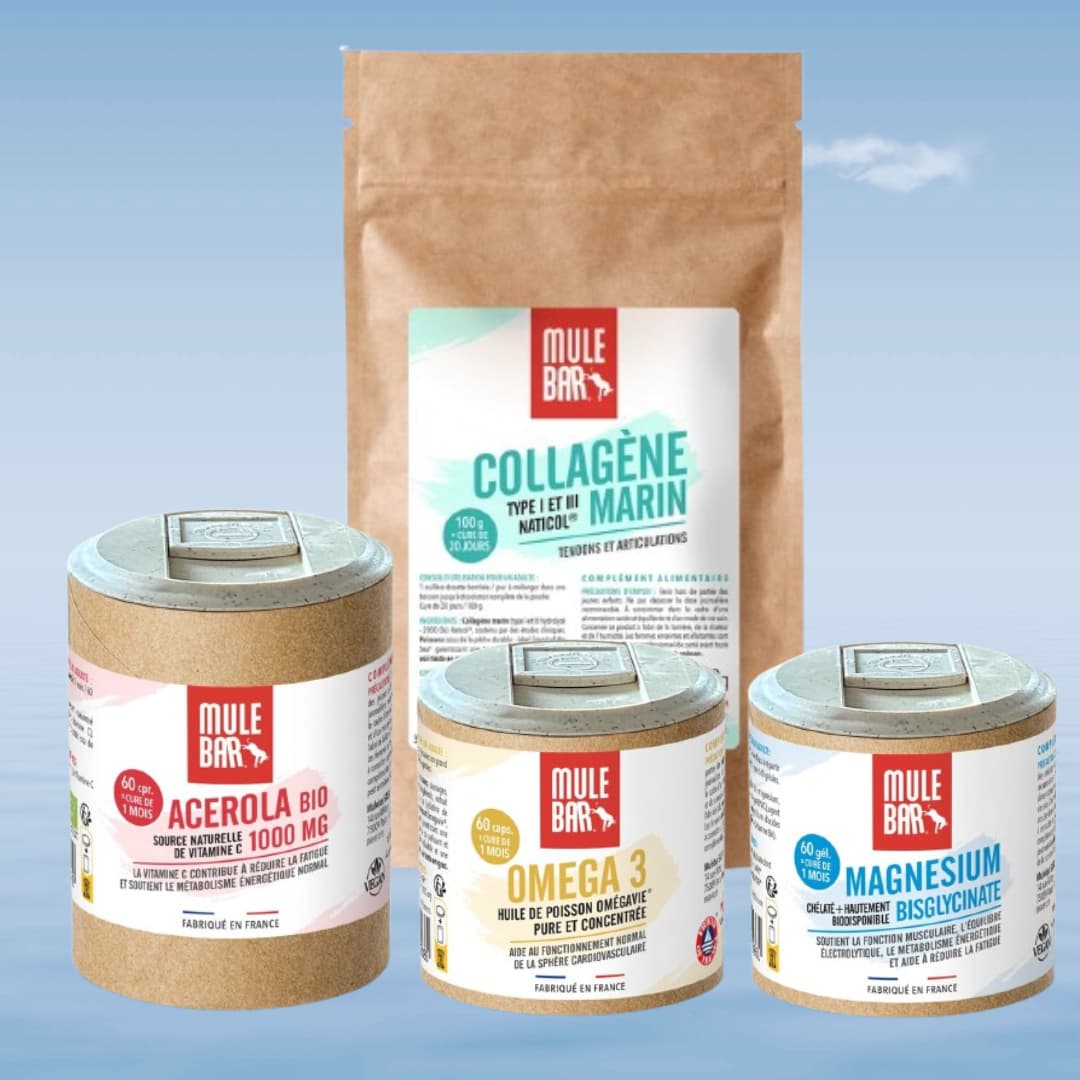

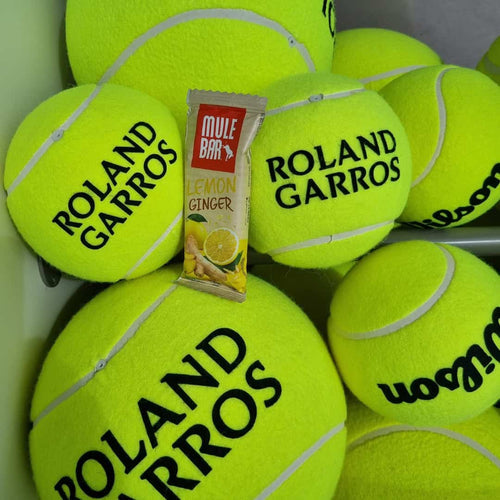
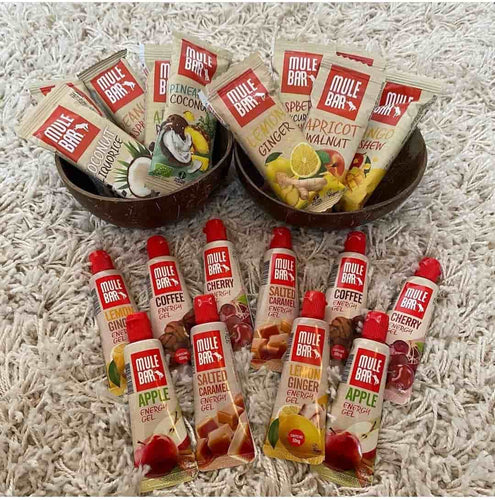
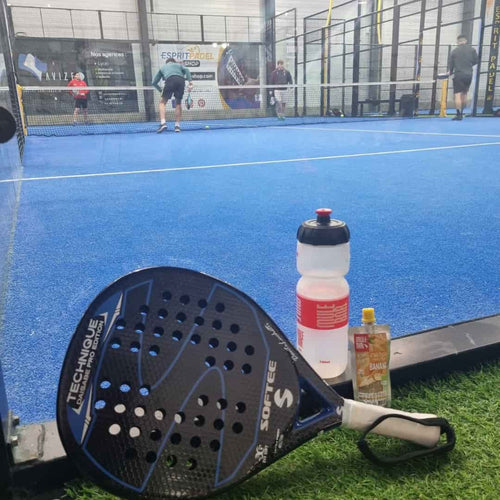
Leave a comment
This site is protected by hCaptcha and the hCaptcha Privacy Policy and Terms of Service apply.